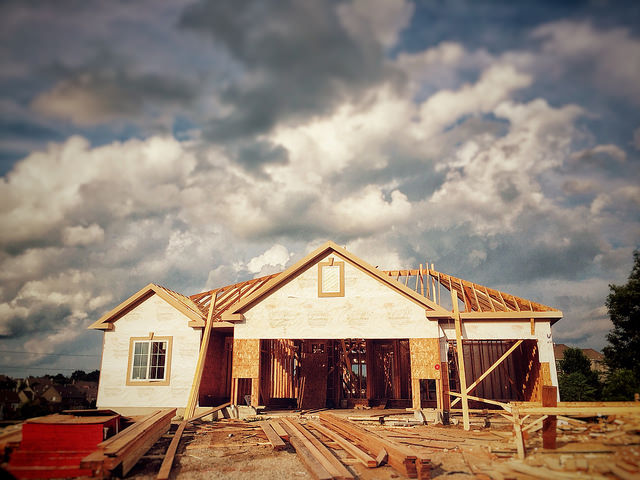There isn’t much we don’t do online these days. From buying groceries to sharing family photos, we increasingly rely on smartphones and the Internet to streamline our day-to-day lives. But though we like the convenience of online services and applications, there are some things that we still want to do face-to-face. According to a recent survey, buying a house is one of them. Americans say they like having mobile apps, websites, and social media available as additional sources of home buying information but put the most faith in their lender and real estate agent when it comes to trusting the information they’re receiving. In short, buying a house is a huge financial transaction and, while online resources can help make the process more efficient, they can’t replace the added confidence consumers feel when dealing with a professional who has years of experience and expertise in the local market. Many Americans say they find the mortgage and home buying process complicated, which is why a combination of online resources and professional guidance is usually a winning mix for successfully finding and buying a home. More here.













